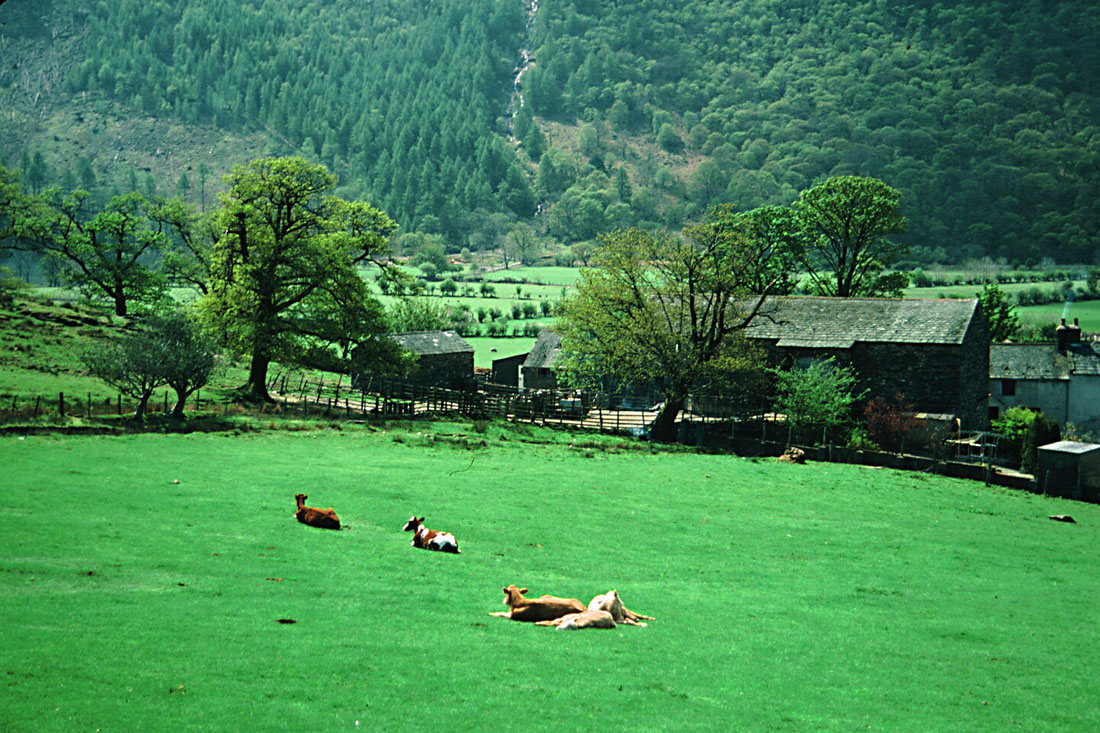Have you arranged you Easter holidays yet? Here you have some recommendations of an interesting trip.
England, one of the world’s top tourist destinations, has so much to offer. Yet (Sin embargo) many foreign visitors limit their holiday tours to the South, spending most of their time enjoying the endless array (variedad) of museums and cultural offerings in London, perhaps complimented with a visit to the university town of Oxford. The North of England, on the other hand, has often had to overcome (superar) its reputation as being too industrial and dreary (aburrido) to be considered a worthy (que merece la pena) tourist destination. However, significant urban renewal projects in cities like Manchester and Liverpool are helping the region to shake off (deshacerse de) its “industrial” reputation. There is also the remote Lake District, charming historical cities such as York and fascinating ancient sites like Hadrian’s Wall, all of which give the visitor a good reason to discover this complex and fascinating corner of Europe.
The North of England is generally considered as consisting of the three of England’s nine historical regions that are nearest to the Scottish border: the Northwest of England, Northumbria and Yorkshire and Humber.

The Northwest
Stretching (extendendiéndose) long the Irish Sea coast from the Manchester-Liverpool areas to the Scottish border, this is probably the most diverse region in the North of England – there is no comparison between the bustling (bulliciosas) urban areas of Manchester and Liverpool and the remoteness of Cumbria and the Lake District.
Manchester went from being a textile giant at the centre of the eighteenth century industrial revolution to being the epitome typical example of industrial decline in the latter part of the twentieth century. After an IRA bomb destroyed part of the city’s financial district in 1996, a major replanning and rebuilding project gave the city an much-needed boost.(estímulo) In 2002 it hosted (albergó) the Commonwealth Games, and its world-famous Manchester United is now the richest and perhaps most glamorous football club in the UK. The City has world-class museums, art galleries and music venues, including the Bridgewater Hall, home to the Hallé orchestra. There is also a vibrant city centre, not to mention an important international airport. Manchester has excellent universities and the largest student population in Britain as well. For these reasons, and others, many people believe Manchester has replaced Birmingham as England’s second city.

Liverpool is now mostly known as the home of the Beatles, and their worldwide fame now brings thousands and thousands of visitors to the city every year. Other popular tourist activities include the famous Mersey ferry, the huge Albert Dock complex that houses (alberga) “The Beatles Story”, a very worthwhile (que vale la pena) Maritime Museum and the renowned Tate Gallery. Those who appreciate Georgian architecture will find splendidly built houses scattered (dispersadas) throughout the city.
To the south of Manchester and Liverpool is the town of Chester. The walls that enclose (cierran) the city were first erected by the Romans, who built them around AD 70 to protect the city from the Welsh. To simulate the feel of Roman times, a street has been reconstructed over the ruins of the Dewa Roman fortress so we can see what it would have been like during that period, it’s called the Dewa Roman Experience. For something more authentic, the ruins of a 7,000-seat Roman amphitheatre are located just outside the central part of town.


No comments:
Post a Comment